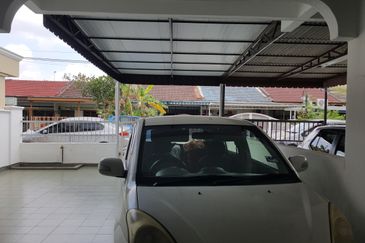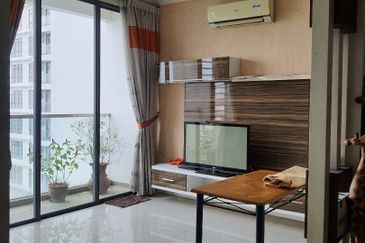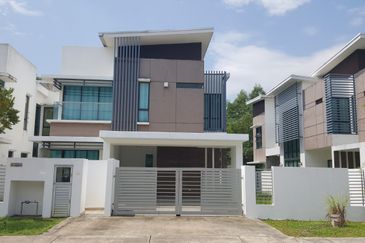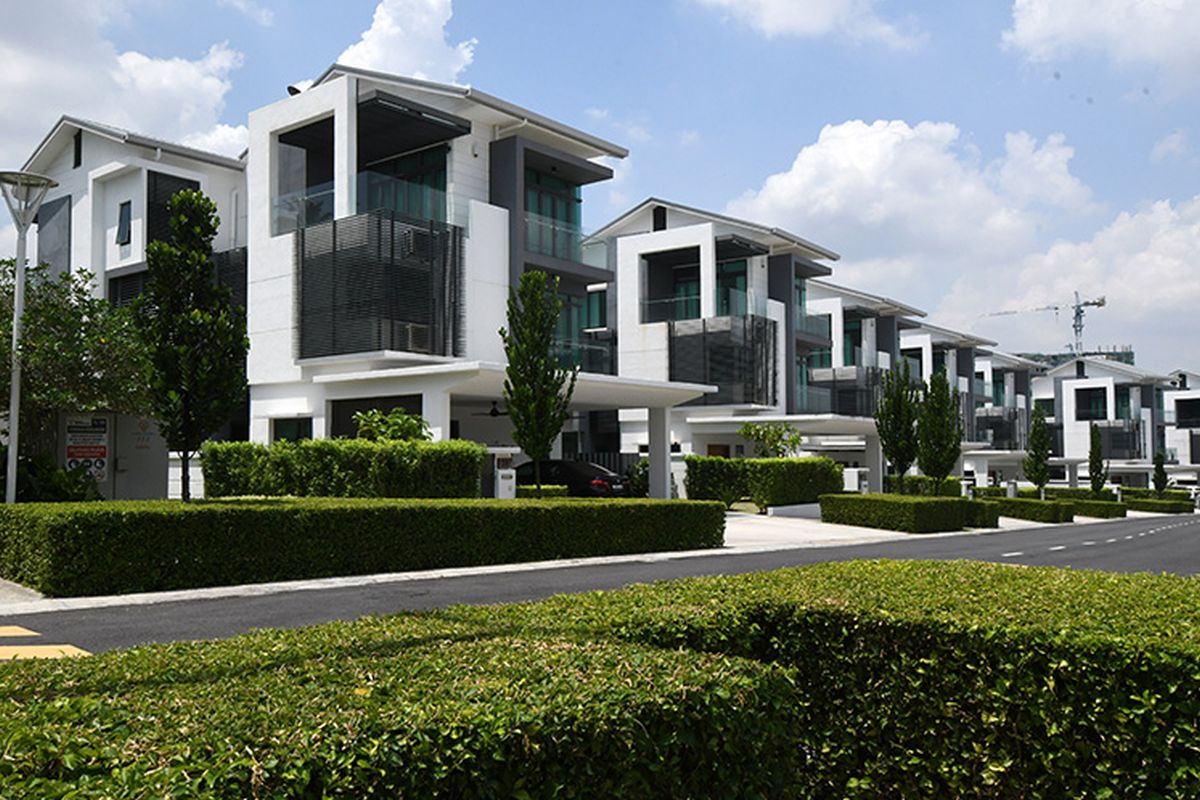
PETALING JAYA (Jan 28): The Malaysian property market will show stronger signs of recovery in 2022 as the Covid-19 pandemic appears to have been brought under control with the achievement of a vaccination rate of more than 79% and the reduction in serious infection cases, according to Henry Butcher Real Estate Sdn Bhd chief operating officer Tang Chee Meng.
In presenting its annual report on the review and outlook for the Malaysian property market in 2022 released on Jan 27, he stated that almost all sectors of the economy have been opened up and people have adjusted to the new normal of adhering to the SOPs. The uncertain and unstable political situation, with the changes in leadership of several State governments in recent months, however, remains a concern until a clearer picture emerges after the 15th General Election (GE15).
In the residential segment, the report stated that the Home Ownership Campaign (HOC) had concluded its run at end-2021 and there has been no indication so far that it will be extended by the government. This may reduce buying interest, especially in early 2022 as developers rejig their marketing sales packages to find the right mix to attract buyers.
“The adoption of proptech applications and digital marketing programmes will help developers gain a better understanding of their purchasers’ needs and develop a closer rapport with them as well as reach out to overseas buyers. Also, the new Malaysia My Second Home (MM2H) rules, with its raised income thresholds and fixed deposit placement amounts may deter new applicants and reduce foreign interest in local properties.”
The report stated that the primary market is faring better than the secondary market due to the incentives provided by developers and government under the HOC, but this may change considering that the HOC has ended. Some banks are also refocusing on the secondary market because homebuyers are perceived to be financially more well off and less likely to default.
“Developers have to accept lower profit margins, as building material costs have risen and market conditions are not conducive to selling prices being increased to offset the higher costs. The current low interest rate environment has encouraged house-buying activities, but there is a possibility of interest rate hikes in 2022,” it said.
Moving forward, the report noted that landed residential properties, high-rise apartments in the affordable price range, smaller units and niche high-end projects in good locations will continue to be the main focus. “There may be increased interest in the secondary market because some banks are refocusing on this market segment and there is a vacuum in new supply of higher-priced homes in good locations.”
House designs will also evolve to address issues arising from the pandemic. “This includes better planned and equipped study area to make work from home more comfortable, providing more electrical power points and improved internet connectivity including the common areas, adopting various types of touch-less technology, having dedicated lockers/rooms for temporary storage of parcels and charging stations/points for electric vehicles,” it said.
Office sector
For the office sector to recover, there has to be a sustainable recovery in the economy that will be able to generate an increase in demand for office spaces or at least allow companies to maintain their present offices.
“The new hybrid style of working from home and office that have been adopted by many major companies will reduce their office space requirements. Concerns of the oversupply of office spaces in the Klang Valley will also continue to weigh down on the office market in 2022 and exert downward pressure on occupancy and rental rates,” the report said, adding that a number of large-scale office projects that are expected to be completed over the next one to two years will worsen the oversupply situation.
Nonetheless, the report noted that the implementation of various economic stimulus programmes to boost the recovery of the economy will help to increase demand for office spaces and stabilise occupancy and rental rates. The decline in demand for office spaces that was aggravated during the recent pandemic may result in some developers shelving or deferring their new office projects, ultimately alleviating the oversupply of office spaces, especially in Kuala Lumpur.
Retail sector
Prices of basic necessities and many consumer goods have increased since November 2021. The report said that various food and beverage (F&B) outlets have increased their prices, and this is expected to continue into the first half of 2022. The higher cost of living will affect the purchasing power of Malaysian households.
Henry Butcher reckoned that malls are expected to invest more in digital infrastructure, including software, hardware and human resources, which will allow shoppers to buy goods and services in multiple formats with ease. At least seven new shopping centres and one mall extension with a total net floor area of more than 4.7 million sq m are expected to open in the Klang Valley this year.
“Shopping centres targeted to open in 2022 will face challenges to fill up most of their retail lots upon opening. To attract permanent tenants, retail landlords are required to lower rental rates and/or offer longer rent-free periods. At the same time, they need to look for temporary tenants to fill up empty lots, especially at prime locations,” the report indicated.
Since November last year, shopping traffic has returned to all major shopping malls throughout the country with major malls packed with shoppers and diners during the weekends. When interstate travel was allowed in mid-October 2021, retail businesses that were dependent on tourists received good response from domestic tourists.
Small-format grocery-related shops enjoyed better sales during the lockdown period. “Specialty snacks stores such as Mix.com, and ready-to-eat convenience stores such as Family Mart and CU Mart have become tenants of many popular shopping malls. Fixed-price stores also became popular due to affordable retail goods, and have now become mini-anchor tenants of many shopping centres in the country,” it said.
Industrial sector
The industrial market will continue to be driven by the e-commerce sector that has generated demand for distribution hubs, warehousing and logistics facilities, which are strategically located near high population areas and served by a good network of highways to enable fast point-to-point delivery to consumers. Henry Butcher said that the Movement Control Orders had created a huge demand for online purchasing, especially for groceries and food, and there was also an increase in interest in putting up data centres.
“The 12th Malaysia Plan that was launched in October last year will provide some focus and growth impetus to the industrial sector, and the progression of the country to implement the strategies drawn up for the Fourth Industrial Revolution will bring positive spin offs to the industrial property sector.”
In terms of bright spots in the segment, the report stated that almost all economic sectors have been allowed to open after the country entered Phase 4 of the National Recovery Plan. The economic slowdown caused by the pandemic appears to have bottomed out, as restrictions locally and in overseas markets have been eased further.
The country’s trade statistics showed that exports have continued to rise month-on-month in 2021 and the trade balance has remained positive, which will provide a boost to the demand for industrial properties. The increase in the inflow of foreign direct investments, especially in the manufacturing sector during the first nine months of 2021, will hopefully translate into an increased demand for industrial space/properties.
Hospitality and leisure sector
The high vaccination rates achieved by the government will improve overall confidence and boost domestic as well as international travel. Some hotels approved as quarantine centres for returnees from overseas or Covid-19 cases with mild symptoms had managed to fill up the empty rooms.
“With most of the population being fully vaccinated and with proper SOPs in place, tourists will feel safer to travel locally. Air fares are currently higher than usual, as airlines adjust to the higher costs incurred in implementing Covid-19 protocols and SOPs. With the expected increase in passengers in the coming year, the airlines may be able to bring down costs and make air travel more accessible,” the report said.
Malaysia Airports Bhd reported a recovery of passenger traffic for its network of airports in the country to 2.3 million in November 2021, the first time it has surpassed the 2 million mark since the onset of the pandemic in April 2020. “There was also a surge in domestic aircraft movements that grew to 27,084 (43%) in November compared with 18,966 recorded in October. This indicated that domestic tourism is on the road to recovery and augurs well for the hospitality industry,” it concluded.
Get the latest news @ www.EdgeProp.my
Subscribe to our Telegram channel for the latest stories and updates
TOP PICKS BY EDGEPROP
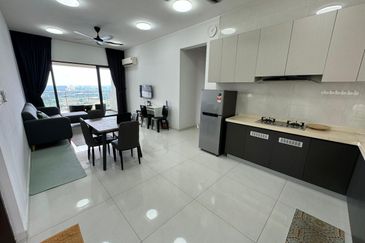
Royal Strand @ Country Garden Danga Bay
Johor Bahru, Johor

Citrine Hub Residences, Sunway Iskandar
Iskandar Puteri (Nusajaya), Johor

Eco Botanic
Iskandar Puteri (Nusajaya), Johor










